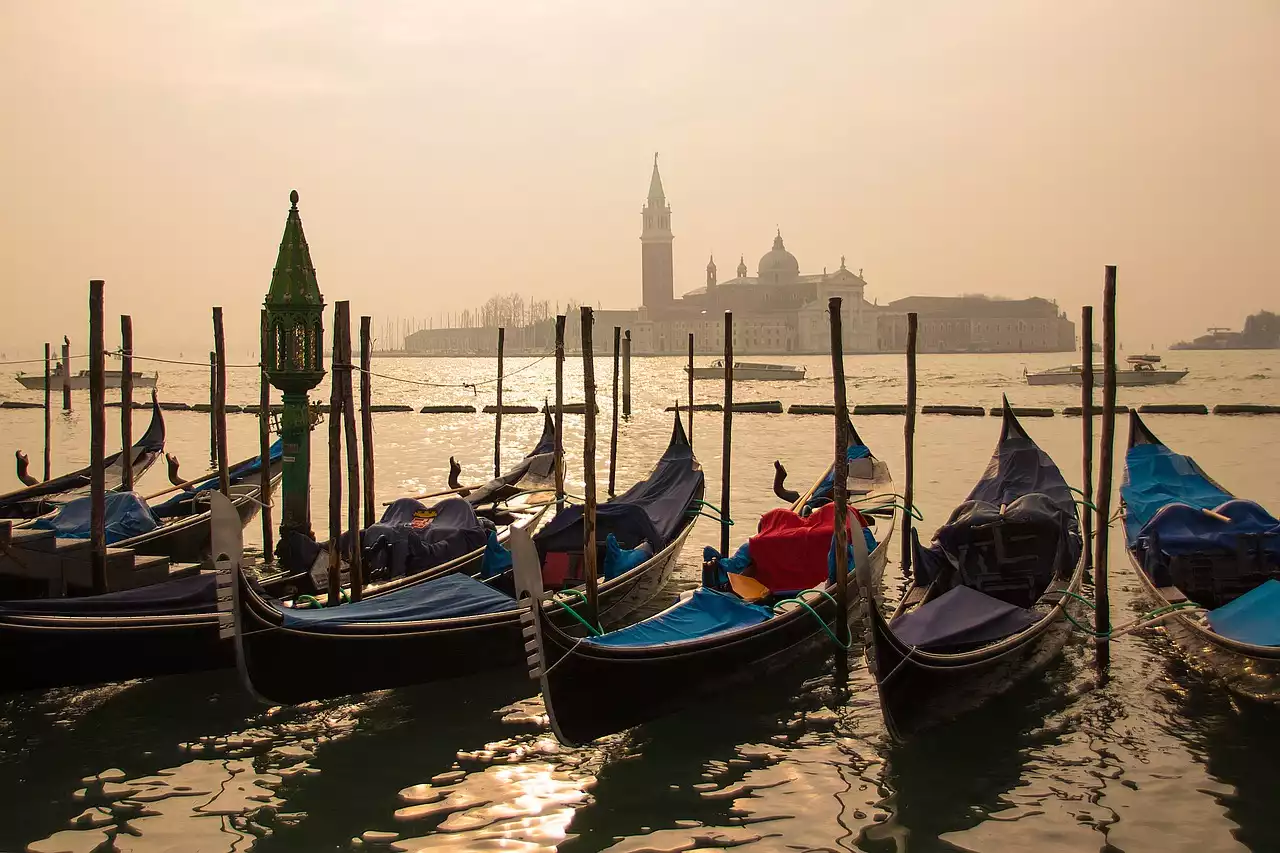The first World Cup final was played between Italy and Czechoslovakia in Marseille on 10 June 1934. The game finished 2-1 to the Italians after a tense final. It was the first of only two World Cup finals not to involve either England or Germany (the other being Brazil v Sweden in 1958). Czechoslovakia had been undefeated up until their semi-final match against Austria but were beaten 3-1 by the hosts. Czech midfielder Rudolf Statz became the first player to be sent off in a World Cup match for a deliberate handball. It was the first of only two World Cups not to involve either England or Germany. 10,000 people watched the final at the Stade Olympique de Marseille.
Background
The first World Cup was held in Uruguay in 1930 with just 13 teams competing. Uruguay became the first ever world champions with a 4-2 victory in the final against host nation Uruguay. The next World Cup in 1934 saw the number of competing nations increase to 16 with Italy and Austria qualifying for the first time. Both Spain and Hungary declined to take part because of a dispute about how the proceeds from the competition would be distributed. Again the tournament was held in Uruguay but this time was expanded to last for a whole month. The decision to hold the World Cup in Europe was made in 1932 and civil war in Spain, political instability in Central Europe and the economic situation in the world, in general, meant that the host nation was changed to Italy. The Italians had failed to qualify for the previous World Cup but came to dominate the next three editions of the tournament.
Czechoslovakia
Czechoslovakia had one of the most impressive records in the early years of the World Cup. In the 1930 tournament, they became the first team to win a World Cup game outside their own continent, beating the United States 7-1, before losing 3-2 to Uruguay in the semi-final. But they failed to qualify for the 1934 finals and began to rebuild their team in time for the 1938 tournament. In that competition, the Czechs reached the final where they lost to Italy, but the team had been weakened significantly by the decision of many players to defect to the newly formed state of Slovakia following the end of the Second World War. The Czechs were unable to qualify for the 1950 World Cup - the first time they had failed to appear at the finals since 1930 and it would be another 20 years before they played in another tournament.
The Match
The game was played in a tense atmosphere at the Stade Olympique de Marseille. The weather had been poor throughout the tournament and the rain that pelted down on the day of the final made the conditions particularly challenging. The Czechoslovaks had been favorites to win the match but they were undone by a goal from Raimondi after just eight minutes. The Czechs equalized in the second half with an own goal from Giuseppe Scaffidi. In the dying minutes of the final, Raimondi fired in a long shot from 35 yards out that beat the Czech goalkeeper to give Italy their first-ever World Cup victory. After the match, the legendary Italian goalkeeper Giuseppe "PEPE" Ballila was quoted as saying: "We have won, but we have not conquered."
The aftermath
The Italian victory was greeted with great enthusiasm in Italy and thousands of fans poured onto the streets to celebrate a victory that was seen as a triumph for the country's emerging Fascist regime. The match is often cited as an example of the growing politicization of football in the 1930s with the rise of the Fascist regime in Italy. Before the game, the Italian dictator Benito Mussolini had held a meeting with the Italian players where he encouraged them to go out and win the game for Italy. The victory was also immensely significant for the future of Italian football as it was the first time that English teams had been knocked out in the early rounds of the World Cup. Italy's success in the World Cup, followed by Brazil's in 1958 and Argentina's in 1978, meant that, from 1982 onwards, only one team won the World Cup trophy an indication of the rising power of Southern European football.
Conclusion
The first World Cup was the most prestigious international tournament to be held in the 1930s and was a significant step in the development of international football. Despite the political undertones surrounding the decision to hold the tournament in Italy, the tournament had been a great success on and off the field. The 1934 World Cup also saw the establishment of some traditions that are still followed in World Cup tournaments today. The first mascot was a rooster that was used during the tournament in Uruguay. The mascot was used to promote the eating of eggs, which were a staple part of the diet of the Uruguayan people. The first printed program of the tournament was used in the final game, while Brazil became the first country to win three consecutive World Cups, when it won in 1958, 1962, and 1966.

.png?size=50)
 The System: Understanding the Format and Draw of the FA Cup
The System: Understanding the Format and Draw of the FA Cup 5 Seriously Unforgettable Moments That Shaped FA Cup History
5 Seriously Unforgettable Moments That Shaped FA Cup History Wembley Stadium: The Home of the English FA Cup Final
Wembley Stadium: The Home of the English FA Cup Final Uruguay - Argentine the first World Cup Final 1930
Uruguay - Argentine the first World Cup Final 1930 The World Cup before WW2
The World Cup before WW2 Italy - Hungary World Cup Final 1938
Italy - Hungary World Cup Final 1938